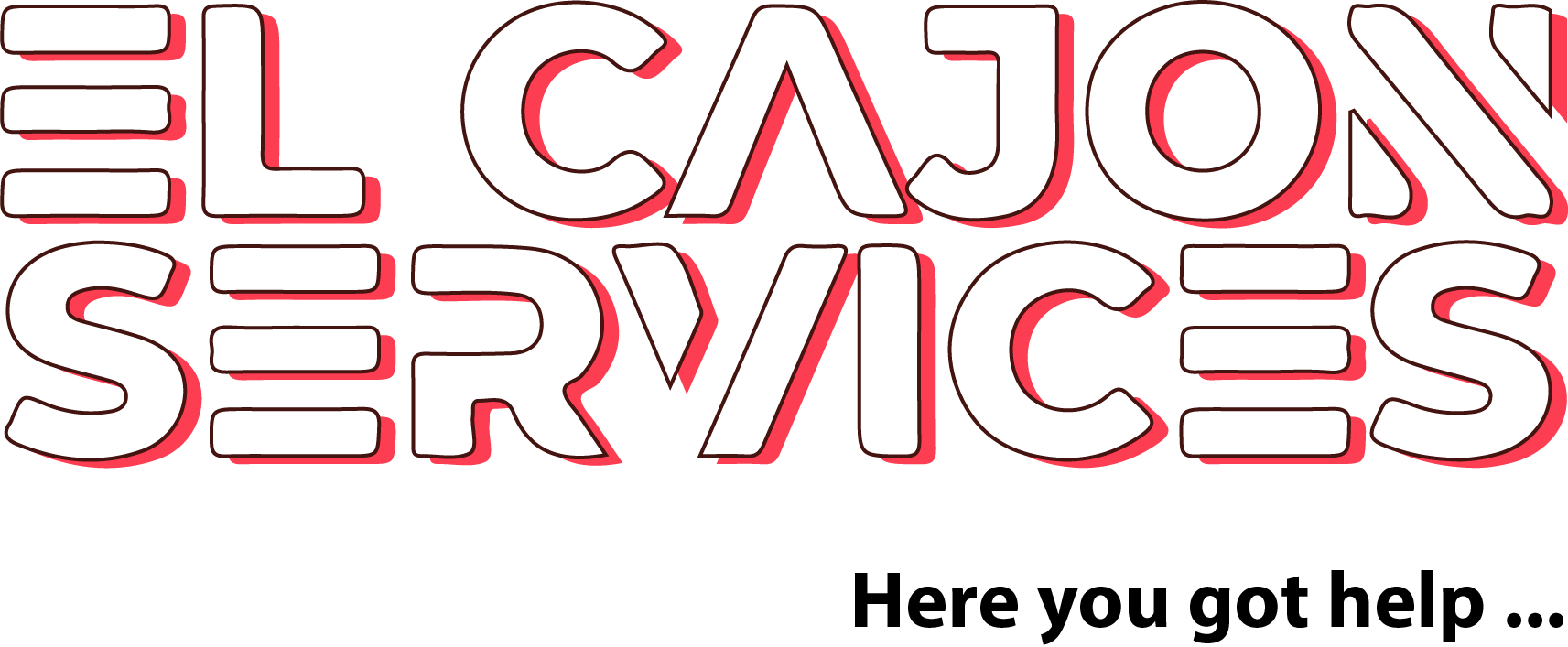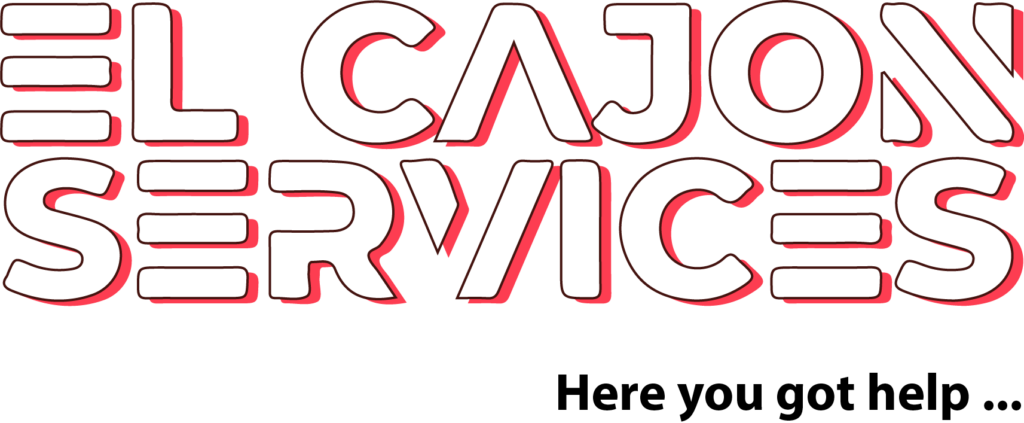Your Local SEO and Digital Marketing Experts in San Diego County
Multiple wildfires continue to ravage Los Angeles County, destroying thousands of structures and forcing more than 130,000 residents to evacuate, with much of the area under a red flag warning through Friday night.
Although the most pressing concern is protecting our lungs from smoke and ash, wildfires can also affect and irritate our sinuses, skin and eyes. Here’s how to care for each during a wildfire event.
Sinuses
Recent research shows that air pollution and smoke can trigger chronic sinus inflammation or weaken the nose’s natural filtration system, even in previously healthy people, said Kevin Hur, an ear, nose and throat specialist with Keck Medicine of USC.
“Your nose itself is considered a filter,” Hur said. “As you breathe in smoke, it gets caught inside your sinuses, and if you’re exposed a lot, some of that will start to irritate the lining and lead to inflammation.”
The effects can be subtle at first. Beyond obvious symptoms such as a scratchy throat and runny nose, Hur urges people to watch for changes in their sense of smell or whether their normally thin, clear mucus becomes thicker. These are both signs that the pollution may be overwhelming their body’s natural defenses.
“Washing daily or up to two times a day can help clean the filter that’s inside your nose so it’s as effective as possible.”
— Kevin Hur, ear, nose and throat specialist with Keck Medicine of USC
Wearing a mask outdoors, limiting time outside and keeping windows closed are all recommendations that can not only protect your lungs but also your sinuses. To maintain the nose’s natural defense system, Hur suggested using a neti pot or similar device for daily nasal rinsing.
“Washing daily, or up to two times a day, can help clean the filter that’s inside your nose so it’s as effective as possible,” he said.
If you develop thicker mucus or notice changes in your sense of smell, Hur advises seeking medical evaluation, as these could indicate that pollutants have compromised your nasal lining, potentially leading to infection.
Eyes
The eyes are another vulnerable entry point for smoke and pollutants.
“Particulate matter and gases from smoke can cause irritation, discomfort and even sometimes blurred vision, mostly due to disruption of the natural tear film on the eye,” said Dr. Katherine S. Hu of the John A. Moran Eye Center at the University of Utah.
For protection, Hu recommends wearing wraparound glasses or goggles when outdoors and avoiding touching or rubbing your eyes. If irritation occurs, she advises using artificial tears like Refresh or Systane, which can be bought over the counter and used multiple times a day. But beware: There’s a difference between artificial tears and other products only meant to reduce redness.
“Avoid products that only target red-eye relief like Visine,” she said. “They only constrict your blood vessels to decrease the appearance of redness, but they won’t actually lubricate your eyes.”
For more severe discomfort, Hu suggests using thicker lubricating gels or ointments at bedtime, though these may temporarily blur vision.
One crucial warning: “Don’t rinse your eyes with tap water, especially if you have contact lenses,” Hu said. “It can change the chemical makeup of your natural tear film and cause even more irritation.”
Skin
The threats to skin health are equally concerning and are exacerbated by Southern California’s dry winter season, says Dr. Teo Soleymani, who holds faculty positions at both UCLA Olive View-Medical Center and at USC.
“As our skin dries out, there are microscopic cracks that occur in our skin, which allow environmental allergens and pollutants to enter that would otherwise not enter more hydrated skin,” he said.
These cracks become particularly dangerous during wildfires, as the air fills with ash, aerosolized toxins from burning structures and even plant compounds.
“Creams and ointments are always better than lotions, things out of jars are always better than things out of a pump bottle.”
— Teo Soleymani, faculty at UCLA Olive View-Medical Center and USC
“Every time the hillsides burn in Southern California, we see patients coming in with pretty severe contact allergen rashes,” Soleymani said. “Patients who just live at the hillside will come in with poison oak or poison ivy flares covering the entirety of their body, even though they didn’t come into contact with these plants, and that’s because these toxins are aerosolized from the fires.”
Soleymani emphasizes moisturizing with thick products.
“Creams and ointments are always better than lotions, things out of jars are always better than things out of a pump bottle,” he said. “For hands and feet, which have really thick skin, you want to use something that’s ointment-based. Even simple things like Vaseline or Aquaphor will really make the difference.”
While doctors continue to learn more about wildfire smoke’s impact on health, recent studies have shown that long-term effects on skin conditions are also a concern. Dr. Shadi Kourosh, an associate professor at Harvard Medical School and associate professor of environmental health at the Harvard School of Public Health worked on a recent study after the 2023 Canadian wildfires that have shown significant increases in eczema flares during wildfire events.
“These airborne pollutants are corrosive to the skin barrier, causing inflammation, triggering eczema and also can accelerate the aging process of the skin and increase the risk of skin cancer,” she said.
Kourosh’s research has led to specific recommendations for skin protection during fire events, such as using mineral sunscreen containing zinc and titanium dioxide.
“These create a barrier on top of the skin that can help protect it from these corrosive airborne pollutants,” she said.
After any outdoor exposure, Kourosh advises immediately changing clothes, showering and applying moisturizer to restore the skin barrier. But that can be hard for people who just lost everything, the poor or unhoused. Which is why Kourosh emphasizes these fires must be treated as a broader public health crisis requiring government intervention.
“These increasing wildfires due to climate-related factors are causing acute air-pollution events that are not only a threat to public safety, they’re a threat to human health,” she said.










